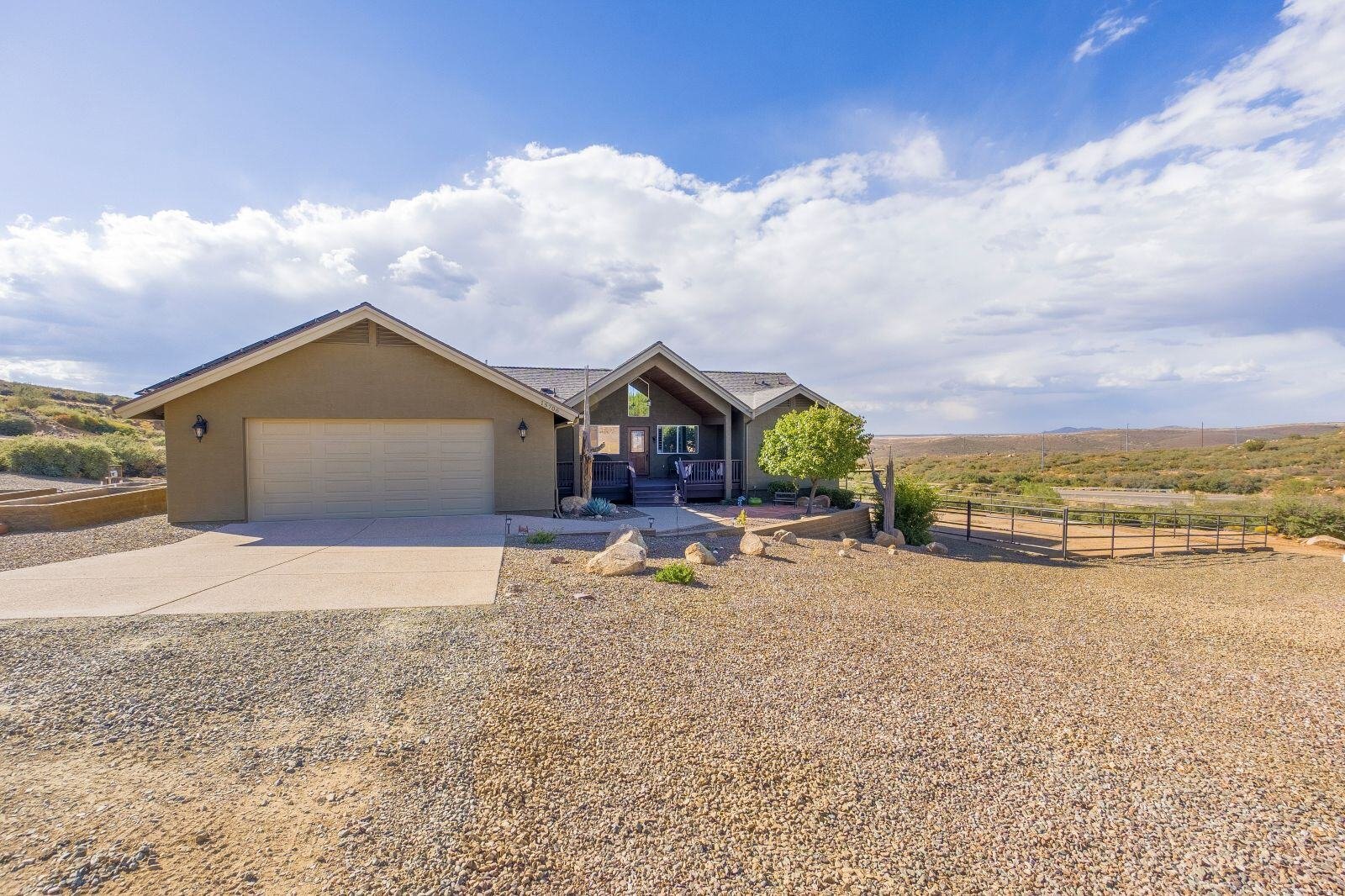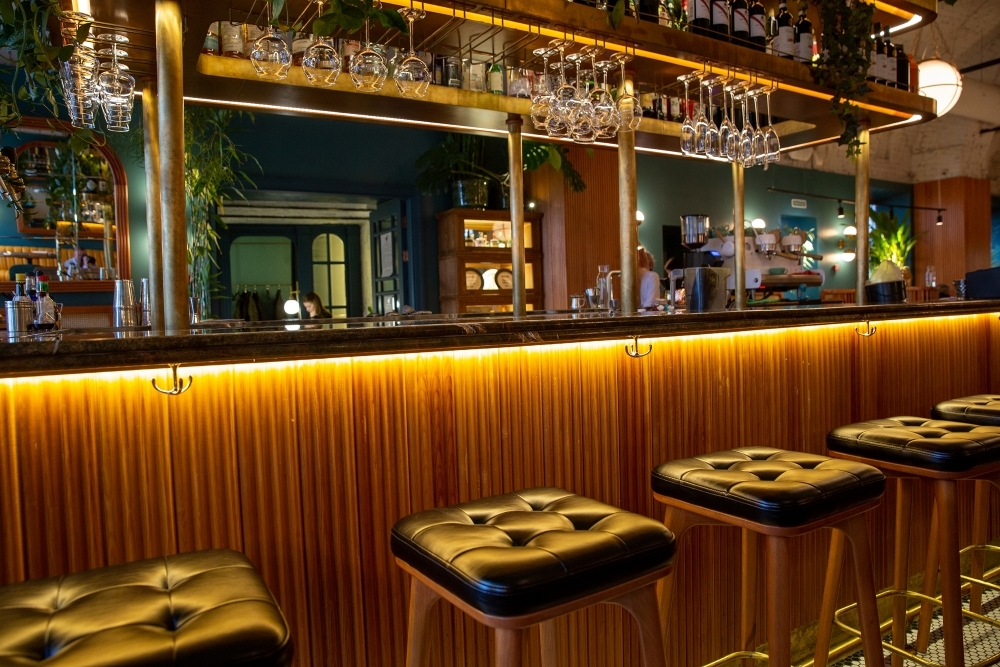Five of the World’s Most Impressive Desert Houses
The world’s most impressive desert properties tend to reflect a little of the cultural heritage of their location and demonstrate what can be achieved when architects and builders work with the conditions of the local environment in mind.
One way of doing this is using local and easily accessible materials as part of the construction. This can reduce the environmental impact and help the house blend seamlessly into its surroundings.

Overcoming the Challenges
Desert climates are incredibly hot during the day and temperatures can plummet below freezing at night. Over the generations, people have developed some clever ways to keep heat gain and loss under control. Small windows, thick walls, and shaded outside spaces are typical features of desert homes that help to achieve this.
When it comes to water scarcity, many properties turn to traditional techniques, like the qanat system. This ancient Middle Eastern water-supply system uses an almost horizontal tunnel to collect groundwater from an underground well or aquifer. This method has been crucial to the survival of generations of people living in otherwise uninhabitable desert environments.
Techniques like greywater recycling and rainwater harvesting are other useful ways desert households can maximise every drop of this most precious resource. Water-saving (as well as the general look of the property) can also be aided by decisions such as using drought-resistant plants when designing the exteriors.
Let’s take a closer look at some of the world’s most impressive desert houses.
Villa Rama, Agadir, Morocco
Villa Rama, located in Agadir, Morocco, is a great example of how a desert house built in a traditional Islamic style can be the ideal space for modern living.
This palace has direct access to a private beach and is spread across 3,000 square metres. Inside there are 12 suites and an equal number of bathrooms. It also boasts more than 7,000 square metres of landscaped garden, plus two swimming pools, a tennis court and even a nightclub.
The property is built around a central courtyard, with traditional geometric patterns and tiling, offering the perfect space for people to stay cool and avoid the sun in the heat of the day.
Ecolodge by Christian Felix and Laetitia Delubac, Siwa, Egypt
With walls made of kershef, a traditional local building material made from sand, mud and salt from nearby salt lakes, the Ecolodge holiday home by Paris architects Christian Felix and Laetitia Delubac in Siwa, Egypt looks like it has long been part of the desert landscape. It was, in fact, completed in 2007.
Local craftsmen were employed to build the walls, which help to keep indoor temperatures comfortable no matter what is happening with the weather.
The house is designed to be a retreat and offers guest rooms, courtyards, gardens, and patios around its central tower, which also helps to keep the property cool by drawing air up from a water basin.
There is no electricity in the house. Instead, occupants use candles, which can be placed inside niches in the thick walls. A spring at the bottom of a nearby mountain provides fresh drinking water to the house, and also allows for a small pool.
Through Gardens House, Parvaneh, Iran
Through Gardens House blends traditional and modern building techniques to create a peaceful home in the village of Parvaneh, near the city of Isfahan, Iran. Created by BAM Architects, the house uses a plaster put together using a blend of sand, straw, cement, limestone and a local stone powder. It gives the appearance of the traditional building material adobe. This allows it to blend in with other local properties, and the natural landscape.
The home has a U-shaped floor plan and a central garden, which inspired its name. The courtyard provides natural ventilation and extra daylight to the property, and its use here follows a longstanding tradition of courtyards in Iranian architecture.
Atlas Kasbah Ecolodge, Agadir, Morocco
The Atlas Kasbah Ecolodge in Morocco is North Africa’s first ecolodge. This imposing Berber fortress operates as a guesthouse and is located in Agadir’s UNESCO-designated argan forest. Visitors can enjoy breathtaking views of the nearby Atlas Mountains, and the Souss Massa National Park is conveniently located and waiting to be explored.
The property opened in 2009 and is award-winning thanks to its sustainability and local sourcing efforts. It was built by local craftsmen using traditional methods and materials, including rammed earth, stone, wood, and tadelakt (a waterproof plaster surface commonly used in Moroccan architecture). It continues to benefit the community today, as it employs and offers training to local people, including those with no formal schooling. These local people also introduce visitors to their way of life.
Tucson Mountain Retreat by DUST, Sonoran Desert, Arizona
The Tucson Mountain Retreat, designed by architecture firm DUST, is a striking modern desert property. It uses many traditional methods to minimise its physical impact on the natural environment.
The creators of this single-storey Arizona holiday home, which sits amongst the cacti, used local soil to construct its red earth walls, making it look right at home in the Sonoran Desert. They also ensured it was carefully positioned to avoid the worst of the desert’s wind and sun.
The sustainable building material is made of compacted soil, and offers great insulation and thermal mass. This regulates the property’s temperature even without the use of air conditioning or heating. The creators also had local wildlife in mind, making sure the house avoided interfering with animal migration paths.
The house itself is split into three separate buildings – a living space, a sleeping and bathing area, and a music studio. The Mountain Retreat is able to produce its own water thanks to a rainwater harvesting system and a filter to make it suitable for drinking.
These stunning properties are just a few examples of how traditional techniques can combine with modern innovations to create gorgeous, unique properties, even in challenging desert environments.



